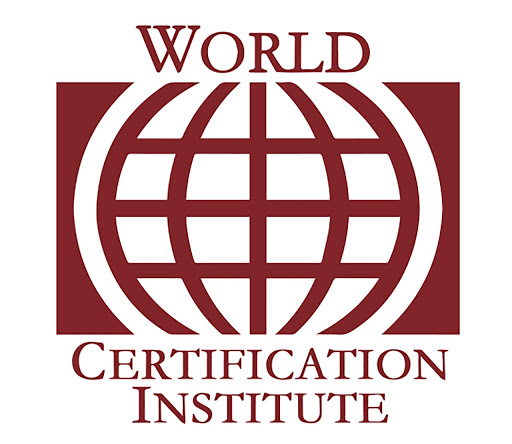Classroom management involves the procedures; strategies and instructional techniques teachers use to manage student behaviour and learning activities. Effective classroom management creates an environment that is conducive to teaching and learning.
Driving a successful Classroom Management environment is imparted through the Educational Administration and Management Course that offers methods for establishing order and expectations, addressing transgressions, enlisting parental support, and using the disciplinary hierarchy.
Here We Discuss The 5 Top Strategies For Classrooms To Thrive:
1) Establish a positive relationship
As a teacher, it is important to stay united with the class. Successful teachers are those that have the ability to maximise the learning potential of all students in their class. Developing positive relationships between a teacher and student is a fundamental aspect of quality teaching and student learning, that teachers can learn by pursuing a Post Graduate Diploma in Education Management.
Talk to your students, wherever you meet them - ask them how they are. If you see a student in the local newspaper, congratulate them. If they do something nice, tell them that you appreciate their kindness. This lets them know that you really do care about them.
2) Praise is a powerful tool
Praise can be used to transform a student’s image, uplift the entire class, and reinforce the values you seek to promote in your classroom or school community. When praising students, it’s important to be specific and encourage behaviour that’s repeatable. Offering praise for students' work and efforts can alter this mindset so that students can begin to view their own intelligence as something that can be developed.
3) Welcome Feedback
Eliciting feedback can entail asking simple questions. Requesting feedback from students can be “invaluable for professional development. This can be encouraged by distributing individual, written surveys once or twice a year, and asking verbal questions about homework and tests to the entire class on a regular basis. Exchanging opinions, learning new things, improving and development is a great way to encourage students for a feedback.
4) Create a safe learning environment
Establish a classroom culture in which students are required to respect one another. For successful management of classrooms, that is given emphasis upon through Educational Administration and Management course, educators show what kind of society the students would be living in and building.
A respectful, safe environment is one in which students are encouraged to listen to each other and responding to each other. Pose open-ended questions that encourage a dialogue among the students.
5) Work on developing essential skills
A mentor can help the trainee teachers with curriculum issues, classroom arrangement, schedules, and discipline, all of which are elements of classroom management. Instilling leadership qualities is about fostering collaboration, working towards common goals, and acting as a leader in any role assumed. Good speaking skills allow education leaders to communicate their vision with others, which is an essential part of being a leader.









